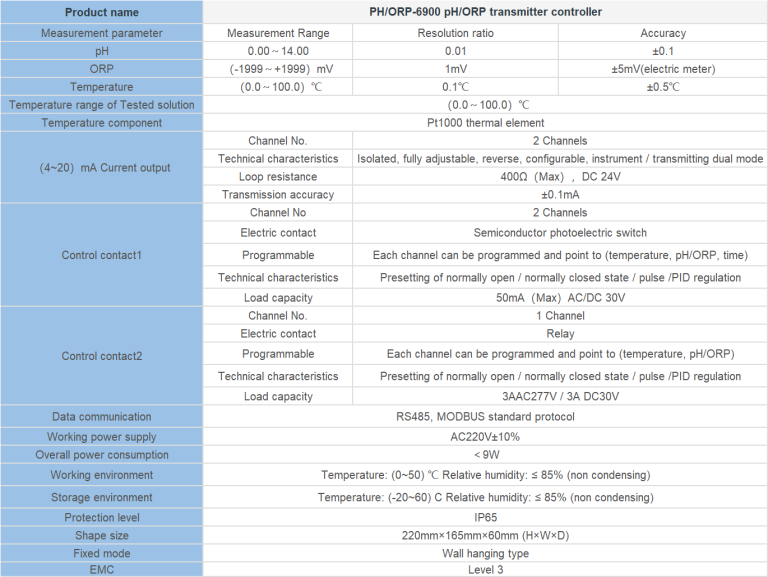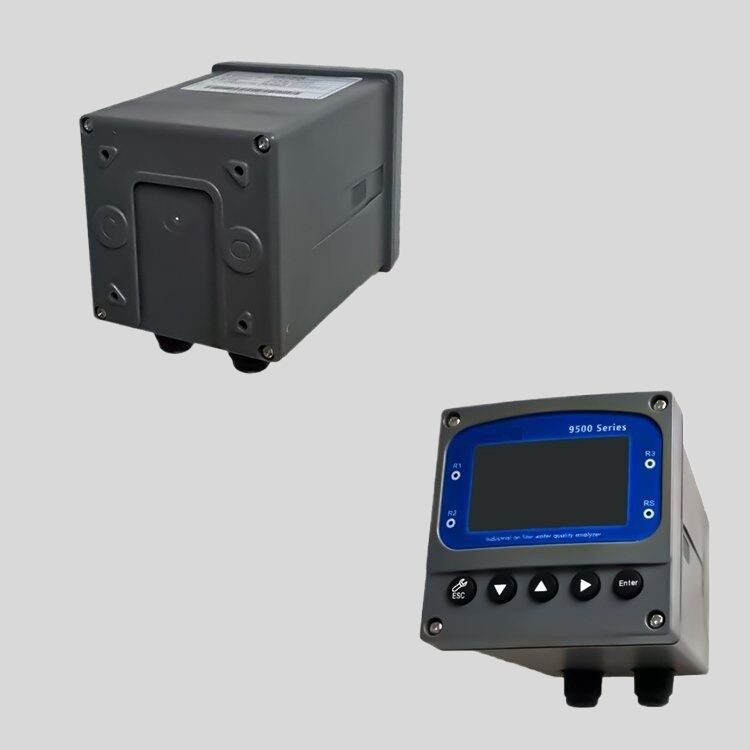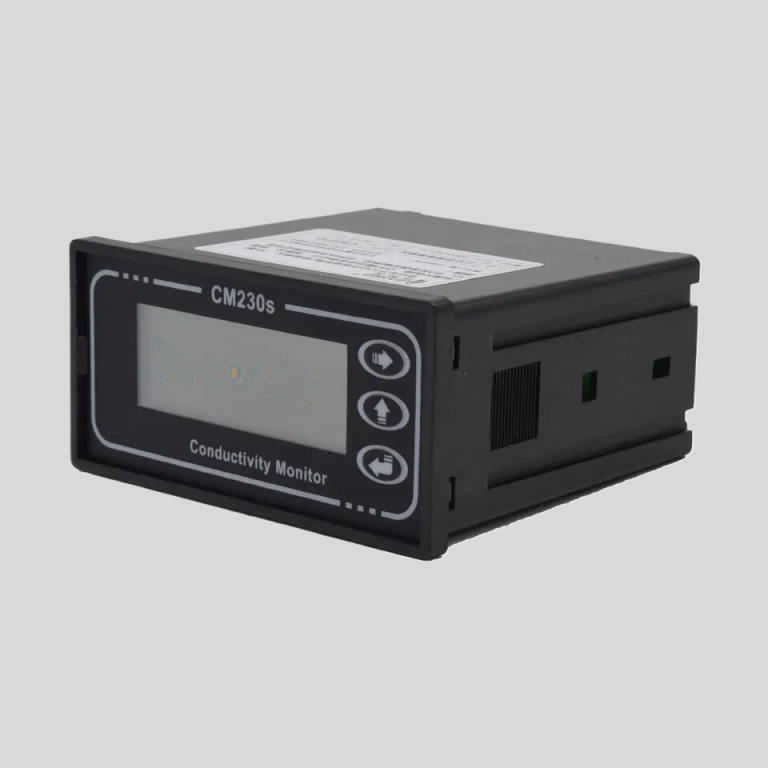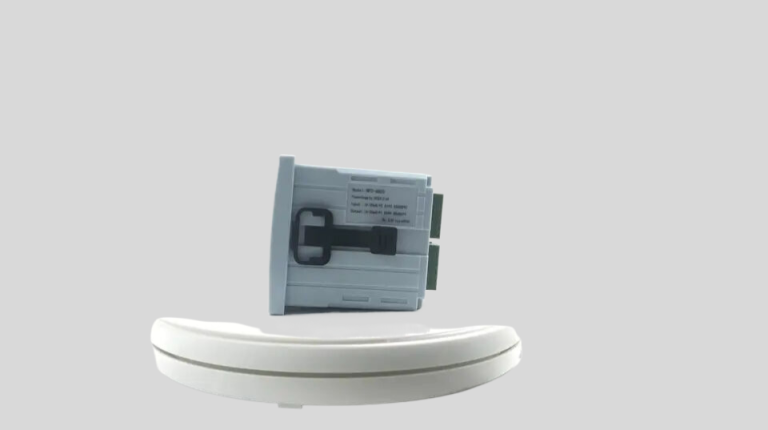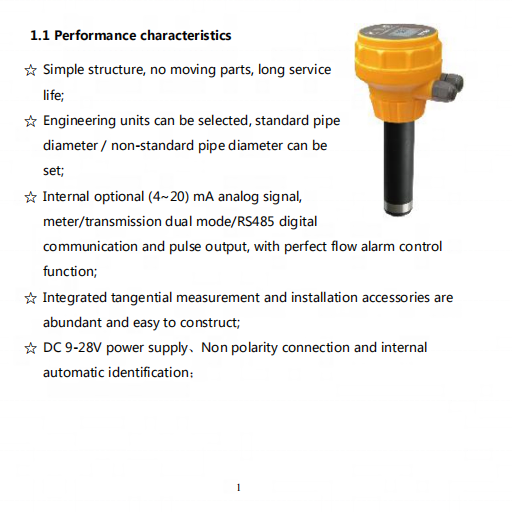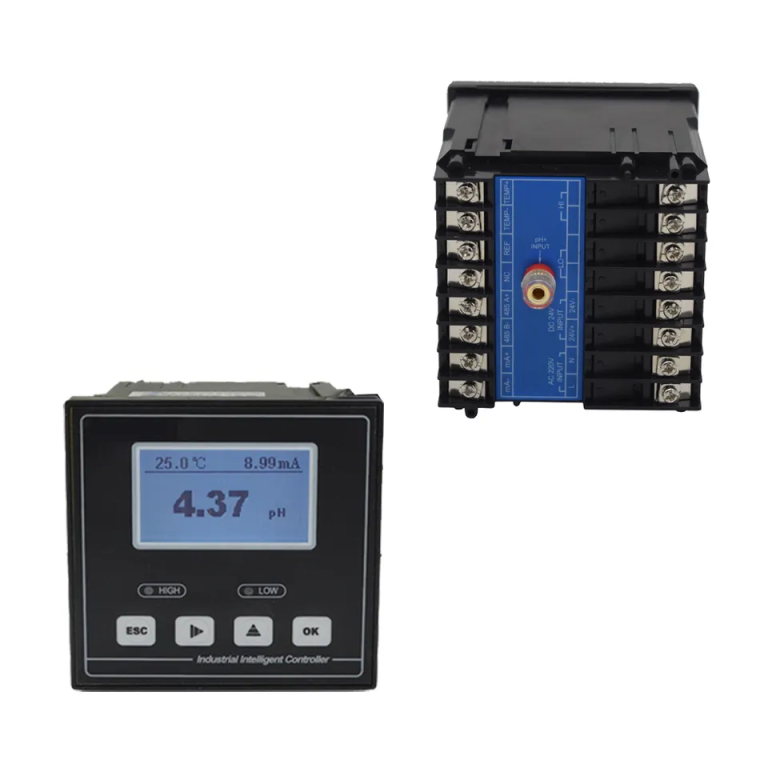Overview of ORP in ph meter
ORP, or Oxidation-Reduction Potential, is a crucial measurement in the field of water quality analysis. In the context of a ph meter, ORP refers to the ability of a solution to either oxidize or reduce other substances. This measurement is essential in determining the overall health and stability of a body of water, as well as in various industrial processes where water quality is a critical factor.
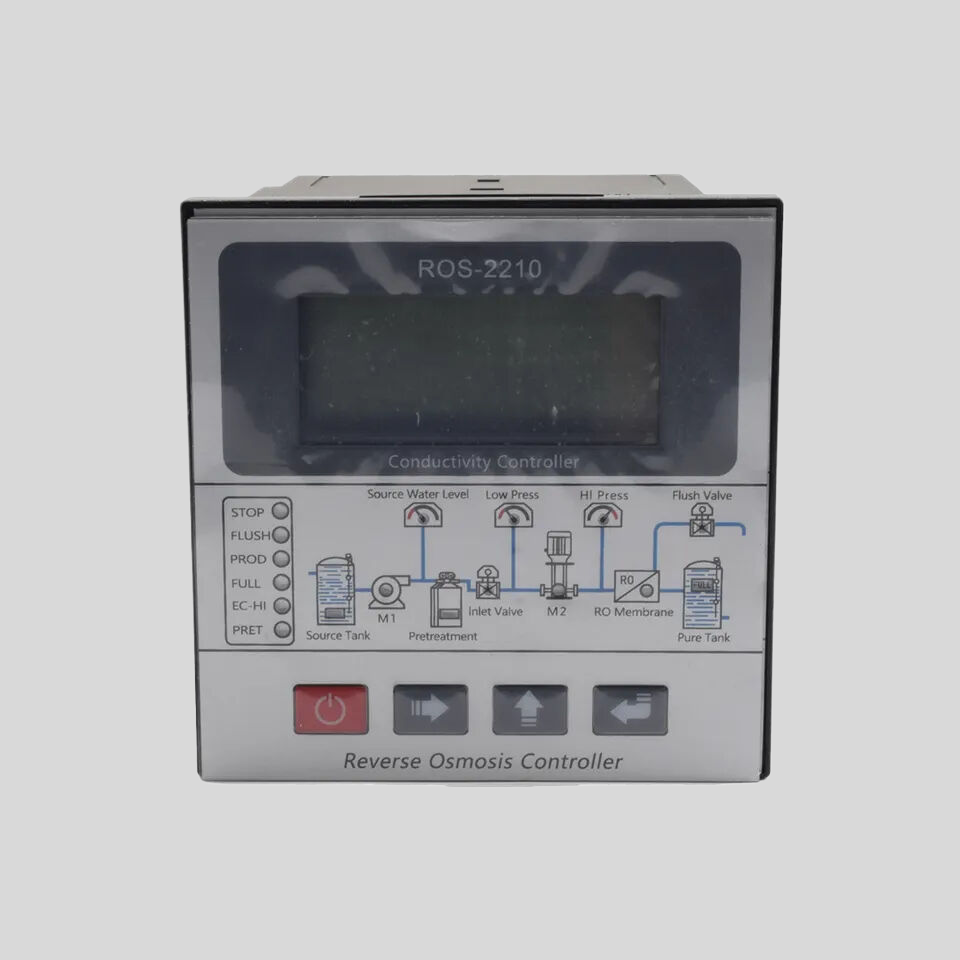
ORP is measured in millivolts (mV) and is typically displayed alongside pH readings on a ph meter. A positive ORP value indicates that a solution is more oxidizing, while a negative value suggests that it is more reducing. In practical terms, a higher positive ORP value indicates a greater ability to break down contaminants and impurities in water, making it cleaner and safer for consumption or industrial use.
| Model | pH/ORP-3500 pH/orp meter |
| Range | pH:0.00~14.00 ; ORP: (-2000~+2000)mV; Temp.:(0.0~99.9)°C (Temp.Compensation: NTC10K) |
| Resolution | pH:0.01 ; ORP: 1mV; Temp.:0.1°C |
| Accuracy | pH:+/-0.1 ; ORP: +/-5mV(electronic unit); Temp.: +/-0.5°C |
| Temp. compensation | Range: (0~120)°C; element: Pt1000 |
| Buffer Solution | 9.18; 6.86; 4.01; 10.00; 7.00; 4.00 |
| Medium Temp. | (0~50)°C (with 25°C as standard) manual/automatic temp. compensation for selection |
| Analog output | Isolated one Channel(4~20)mA, Instrument/Transmitter for selection |
| Control Output | Double relay output (single contact ON/OFF) |
| Working Environment | Temp.(0~50)℃; relative humidity <95%RH (non-condensing) |
| Storage Environment | Temp.(-20~60)℃;Relative Humidity ≤85%RH (none condensation) |
| Power Supply | DC 24V; AC 110V; AC220V |
| Power consumption | <3W |
| Dimension | 48mmx96mmx80mm(HxWxD) |
| Hole Size | 44mmx92mm(HxW) |
| Installation | Panel mounted, fast installation |
One of the key benefits of monitoring ORP in conjunction with pH is that it provides a more comprehensive picture of water quality. While pH measures the acidity or alkalinity of a solution, ORP gives insight into its overall cleanliness and potential for chemical reactions. By combining these two measurements, users can better understand the dynamics of a given body of water and make informed decisions about treatment and maintenance.
In water treatment applications, ORP is used to assess the effectiveness of disinfection processes such as chlorination. A high ORP value indicates that there are enough oxidizing agents present to kill harmful bacteria and pathogens, while a low value may signal the need for additional treatment. By monitoring ORP levels in real-time, operators can adjust chemical dosages and ensure that water quality standards are met consistently.
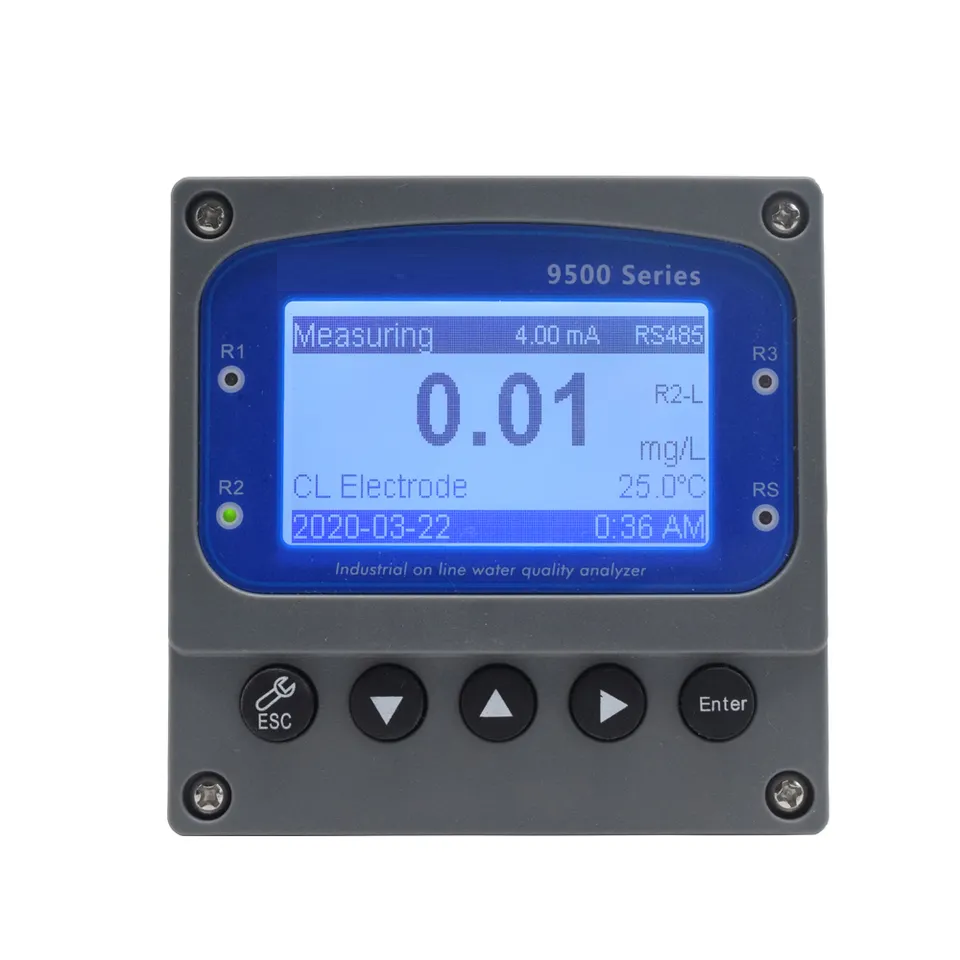
In industrial settings, ORP is a critical parameter in processes where water quality directly impacts product quality. For example, in the food and beverage industry, maintaining the right ORP levels in wash water can prevent contamination and ensure product safety. Similarly, in the pharmaceutical industry, ORP monitoring is essential for maintaining the purity of water used in manufacturing processes.
Overall, ORP plays a vital role in ensuring the safety and quality of water in various applications. By understanding the principles behind ORP measurement and its significance in water analysis, users can make informed decisions about water treatment and management. Whether in a laboratory setting or an industrial facility, the ability to monitor ORP accurately can lead to improved efficiency, cost savings, and overall peace of mind.
In conclusion, ORP is a valuable parameter in pH meters that provides essential information about the oxidation-reduction potential of a solution. By measuring ORP alongside pH, users can gain a more comprehensive understanding of water quality and make informed decisions about treatment and maintenance. Whether in water treatment, industrial processes, or other applications, monitoring ORP is crucial for ensuring the safety and quality of water.
| CCT-5300 | |||||
| Constant | 10.00cm-1 | 1.000cm-1 | 0.100cm-1 | 0.010cm-1 | |
| Conductivity | (500~20,000) | (1.0~2,000) | (0.5~200) | (0.05~18.25) | |
| μS/cm | μS/cm | μS/cm | MΩ·cm | ||
| TDS | (250~10,000) | (0.5~1,000) | (0.25~100) | —— | |
| ppm | ppm | ppm | |||
| Medium Temp. | (0~50)℃(Temp. Compensation : NTC10K) | ||||
| Accuracy | Conductivity: 1.5%(FS) | ||||
| Resistivity: 2.0%(FS) | |||||
| TDS: 1.5%(FS) | |||||
| Temp.:±0.5℃ | |||||
| Temperature compensation | (0~50)℃ with 25℃ as Standard | ||||
| Analog Output | Single isolated(4~20)mA,instrument/transmitter for selection | ||||
| Control Output | SPDT relay, Load capacity : AC 230V/50A(Max) | ||||
| Power Supply | CCT-5300E : DC24V | CCT-5320E : AC 220V±15% | |||
| Working Environment | Temp. (0~50)℃;Relative Humidity ≤85%RH(none condensation) | ||||
| Storage Environment | Temp.(-20~60)℃; Relative Humidity ≤85%RH(none condensation) | ||||
| Dimension | 96mm×96mm×105mm (H×W×D) | ||||
| Hole Size | 91mm×91mm (H×W) | ||||
| Installation | Panel mounted, fast installation | ||||

